When batteries are stored and when they are used, unwanted reactions occur inside the battery leading to degradation of performance. Many of these unwanted reactions, such as transition metal dissolution, lithium inventory loss, and solid electrolyte interphase (SEI) growth, can be slowed or passivated by surface coatings. The Atomic Layer Deposition (ALD) process provides the best performing, most precise, reproducible, scalable and cost-effective coating process to reduce unwanted reactions and enhance the performance of batteries. ALD can be applied to a wide variety of cathode and anode powders to produce benefits including longer cycle life, lower gas generation, slower impedance growth and higher voltage utilization. Currently, multiple Fortune 500 companies are optimizing ALD coatings for their specific electrode powders and batteries with the use of high throughput ALD systems that can process 3,000 kg – 30,000 kg of powder per day (~10,000 tons per year per system) for <<$1/kg total coating costs (CAPEX + OPEX).
ALD Improves Battery Materials
ALD coatings stabilize materials from the surface. ALD coatings on anode and cathode powders improve battery performance. The stabilizing nature of ALD coatings reduce metal dissolution, SEI formation and lithium inventory loss. These effects can lead to the following benefits, depending on the application:
Such benefits have been observed on the following materials:
Cathode powders: NCM (>80%Ni, 811, 721, 622, 532), LCO (at 4.5V, 4.6V), NCA (>80%Ni, >90%Ni), LMO (spinel and non-spinel types), LMNO
Anode powders: natural graphite, synthetic graphite, Si/C composites, silicon,
For coatings on cathode powders, the higher the nickel (Ni) concentration, the less stable the cathode materials and the more important the surface coating. For high Ni materials, ALD coatings provide the most benefit versus other coating methods.
For coatings on anode powders, even just a very thin (less than a nanometer) ALD coating can provide significantly enhanced cell cycle lifetimes and higher voltage performance.
When combining a coated cathode with a coated anode, even more benefits can be observed for certain systems such as LCO/graphite systems. These benefits include higher initial specific discharge capacities and higher capacity retention over cycle life.
Various ALD chemistries are possible
ALD coatings of various materials have shown to enhance battery performance in different applications and in different ways. Aluminum oxide is the main chemistry of choice for most processes and can improve battery performance metrics discussed in this article. However, many companies are now exploring advanced coatings, such as those designed to have higher Li- ion mobilities and transport numbers. These advanced ALD coatings are often applicable to lithium-ion batteries, hybrid batteries containing solid state components and fully solid-state battery systems. Advanced ALD coatings under current exploration for battery materials include metal oxides (other than aluminum oxide), lithium metal oxides, metal phosphates and metal fluorides. Advanced ALD coatings that may also be considered for battery materials include polymer coatings, hybrid oxide/carbon coatings, sulfur-coating coatings and others.
Example Data of ALD-Coated Battery Materials
Although ALD coated materials show benefits on a variety of battery materials, recent coatings have shown particular benefit for fast charging of NMC 811 and high voltage operation of LCO. This recent work shown below is of importance for automotive batteries (NMC811) and consumer electronics (LCO).
811 fast charge (4C/1C) data showing ALD-coated NMC811 (blue, top line) is better than NMC811 without ALD (grey, bottom line). Both are cycled against uncoated graphite up to 4.2V.
Graphite fast charge (4C/1C) data showing ALD coated graphite (blue, top line) is better than uncoated graphite (grey, bottom line). Both are cycled against uncoated NMC811 up to 4.2V.
LCO lifecycle data showing ALD coated LCO (blue, top line) is better than LCO without ALD (grey, bottom line). Both are cycled against uncoated graphite.
Graphite lifecycle data showing ALD coated graphite (blue, top line) is better than uncoated graphite (grey, bottom line). Both are cycled against uncoated LCO up to 4.4V.
LCO and Graphite, high V (4.5V) lifecycle data showing ALD coated graphite against ALD- coated LCO (blue, top line) is better than uncoated graphite (grey, bottom line) cycled against uncoated LCO.
40 Ah Automotive Pouch Cells (NMC 811)
Coin cells are a great method for screening materials, but larger cells are required to fully understand the value ALD coatings can bring to battery materials. 40 Ah automotive pouch cells have been created with ALD coatings and electrochemical testing is currently underway. The goal of this project was to show that ALD coatings could enhance larger cells, including safety and performance. Check back with us soon at forgenano.com to see some new data for these 40 Ah cells.
About Forge Nano
Forge Nano is a leading materials science company harnessing the power of Atomic Armor, the company’s proprietary ALD nanocoating technology, to accelerate manufacturing innovation, transform product performance and achieve a more sustainable future for a range of industries around the world. Atomic Armor produces superior coatings that can unlock a material’s performance at the atomic level and deliver custom solutions from small-scale R&D and laboratory work to large-scale, high-volume production lines. A range of materials can be enhanced through Atomic Armor, including batteries, medical devices, catalysts, propellants and 3D additives. Forge Nano has received major support and signed meaningful partnerships with Volkswagen, LG Technology Ventures, Mitsui Kinzoku, Air Liquide and Sumitomo Corporation of Americas, largely as a result of the company’s innovation in the Lithium-ion battery industry and successful track record of improving product performance and safety while reducing cost.
Forge Nano’s Capabilities
Working with Forge Nano
Forge Nano assists customers daily with both R&D and commercialization of ALD-enabled materials. For R&D, we offer research services for proofs of concept and also sell our R&D equipment globally. For commercialization, we offer joint development of products, production equipment and IP licensing.
Forge Nano Inc. Copyright 2024 © All rights Reserved.